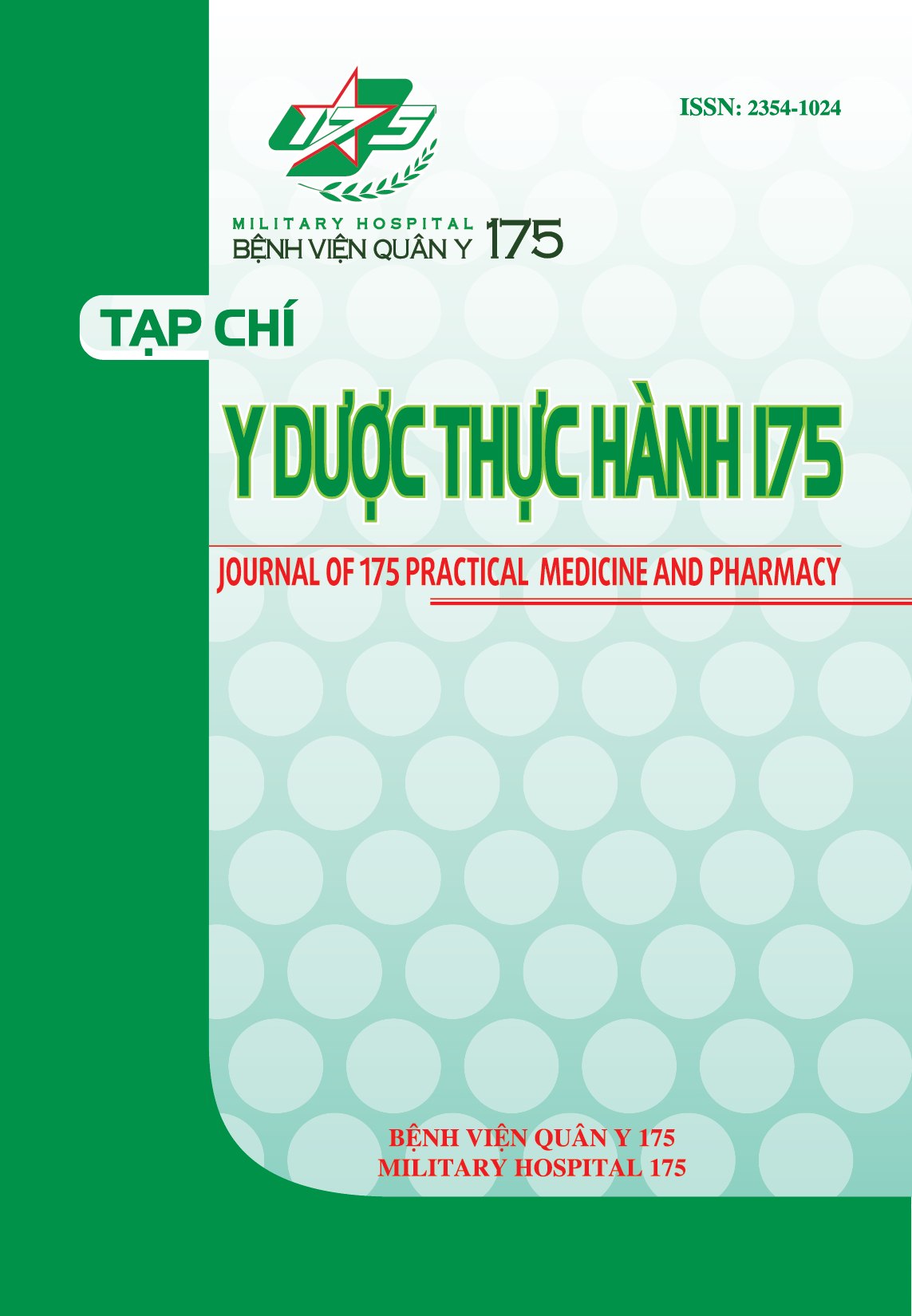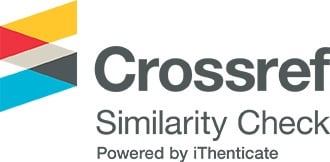COMPLEX DEGLOVING INJURY FOLLOWING A TRAFFIC ACCIDENT: MULTIDISCIPLINARY COLLABORATION OUTCOMES IN PATIENT-CENTERED CARE
Authors
DOI: https://doi.org/10.59354/ydth175.2025.375Keywords:
Complex degloving, interprofessional collaborative practice, patient-centered careReferences
Lâm Tiến Tùng (2023). Thực trạng cấp cứu chấn thương trước viện qua các trường hợp người bệnh nhập viện trung tâm cấp cứu do tai nạn giao thông tại bệnh viện đa khoa tỉnh Thanh Hóa. Tạp chí Y học Việt Nam, 529(1B).
Velazquez C, Whitaker L, Pestana IA (2020). Degloving Soft Tissue Injuries of the Extremity: Characterization, Categorization, Outcomes, and Management. Plast Reconstr Surg Glob Open,8(11).
Lisa, Y., Hasibuan., Almahitta et al (2024). Case report: Remarkable efficacy of negative-pressure wound therapy in giant lower extremity elephantiasis neuromatosa for vascularization, skin grafting, and fluid control. International Journal of Surgery Case Reports,116.
Vikas, Indru, Moorjani et al (2024). The Use of Negative Pressure Wound Therapy (NPWT) as a Dressing for Split Thickness Skin Graft for Bilateral Chronic Venous Leg Ulcer. Journal of medical science and clinical research.
Sun-Hye, Shin., Young, Gue et al (2022). The use of epidermal growth factor in dermatological practice. International Wound Journal, 20, 2414-2423.
Lê Tuyet Hoa, Tran Nguyen Quynh Trâm, Vo Hoang Minh Hien (2009). The efficacy and safety of epidermal growth factor in treatment of diabetic foot ulcers: the preliminary results. International Wound Journal, 6(2):159-166.
Muholan, Kanapathy., Oliver et al (2017). Systematic review and meta analysis of the efficacy of epidermal grafting for wound healing. International Wound Journal, 4(6):921-928.
Downloads
PDF Downloaded: 3










